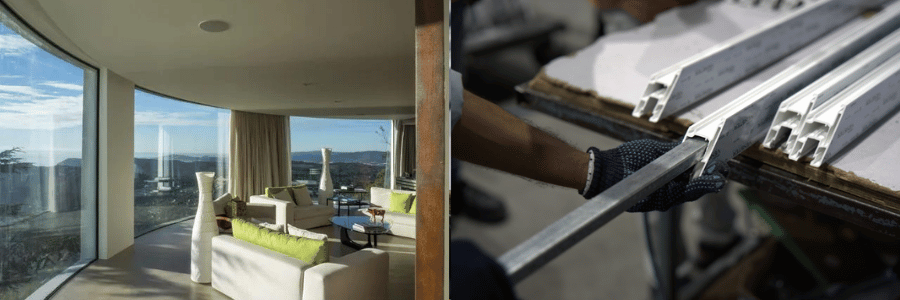As climate change continues to escalate the frequency and severity of extreme weather events, the importance of resilient building materials has never been clearer. Among these materials, windows play a crucial role in both protecting homes and enhancing their overall energy efficiency. In this post, we’ll explore the key considerations and innovative solutions for designing windows that can withstand the harshest of conditions, ensuring safety, comfort, and sustainability.
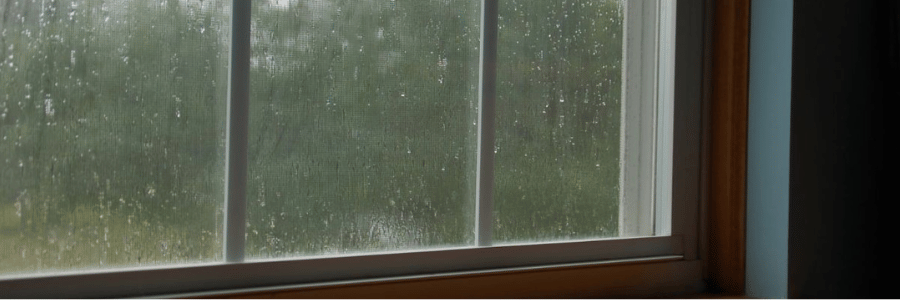
Understanding the Challenges
Extreme weather can manifest in various forms: hurricanes with powerful winds, heavy rains that lead to flooding, severe temperature fluctuations, and even hailstorms. Each of these challenges requires a unique approach to window design. Understanding these challenges is vital for architects, builders, and homeowners alike, as it lays the groundwork for developing effective solutions.
Key Challenges:
- Wind Resistance: High-velocity winds can break glass and compromise structural integrity. In hurricane-prone areas, for instance, windows must be designed to withstand not only the sustained winds but also the powerful gusts that can occur during a storm. This means considering both the material strength and the overall installation method to ensure maximum resilience.
- Water Intrusion: Heavy rainfall can lead to leaks if windows aren’t designed properly. Poorly sealed or inadequately installed windows can allow water to seep in, causing significant damage to interiors and leading to mold growth. Effective design must include water management strategies, such as sloped sills and proper drainage systems.
- Thermal Performance: Rapid temperature changes can cause stress on materials, leading to warping or failure. Windows need to perform well in both hot and cold conditions, maintaining indoor comfort while reducing energy costs. This requires selecting materials that can tolerate these fluctuations without degrading over time.
- Impact Resistance: Debris during storms can shatter conventional windows, posing safety risks. Not only does broken glass create a hazard, but it can also lead to the loss of indoor climate control and security. Ensuring that windows can withstand impacts from flying debris is essential for overall home safety.

Design Solutions for Resilient Windows
1. Materials Matter
Choosing the right materials is foundational to building resilient windows. The material selection process must account for both the local climate and the specific risks associated with extreme weather events.
- Impact-Resistant Glass: Laminated glass can withstand strong impacts and is less likely to shatter. This type of glass typically consists of two panes bonded by a layer of polyvinyl butyral (PVB), which holds the glass together even when broken. This not only enhances safety but also prevents wind and water from entering the home.
- Fiberglass Frames: Unlike wood or vinyl, fiberglass frames resist warping and swelling, providing stability in extreme temperatures and moisture conditions. They also offer excellent insulation properties, helping to maintain energy efficiency year-round.
- Thermal Break Technology: Incorporating a thermal break in metal frames minimizes heat transfer and enhances energy efficiency. This is crucial for reducing heating and cooling costs, particularly in climates with significant temperature variations.
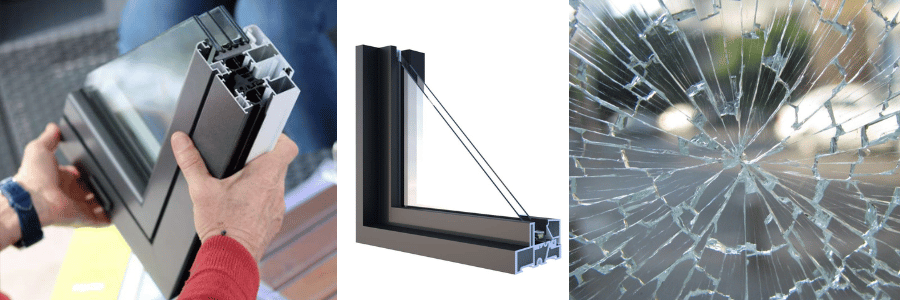
2. Advanced Engineering Techniques
Incorporating cutting-edge engineering techniques can significantly enhance window performance, allowing them to better withstand the forces of nature.
- Aerodynamic Shapes: Designing windows with curved or sloped surfaces can help redirect wind and reduce pressure on the glass. This proactive design approach can mitigate the impact of high winds, leading to fewer failures during storms.
- Reinforced Structures: Adding structural reinforcements, such as aluminum or steel reinforcements, can enhance the strength and stability of window frames. These reinforcements help ensure that the window remains intact under extreme conditions, providing both security and energy efficiency.
3. Effective Sealing Systems
A well-sealed window is crucial for preventing water intrusion and air leaks, which can lead to significant damage and energy loss.
- Multiple Seals: Utilizing dual or triple seals can provide added protection against water and air infiltration. These seals create a tighter barrier, ensuring that even in severe weather, the elements remain outside where they belong.
- Self-Adhesive Flashing: This can be applied around the window frame to create a water-resistant barrier, ensuring that moisture doesn’t compromise the interior. Proper installation of flashing is essential to guide water away from the building structure, further enhancing resilience.
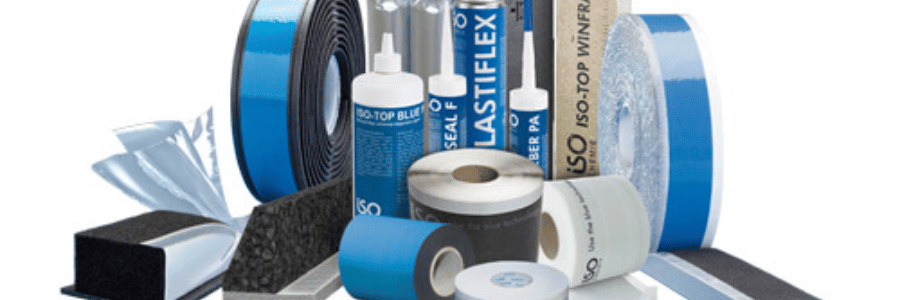
4. Smart Technology Integration
Integrating smart technology into window design can enhance resilience while also providing convenience and efficiency for homeowners.
- Smart Tinting Glass: This type of glass adjusts its tint based on temperature, improving thermal performance and comfort. By reducing glare and controlling heat gain, smart tinting can contribute to a more comfortable indoor environment while reducing reliance on air conditioning.
- Weather Monitoring Sensors: Integrating sensors that can alert homeowners to impending severe weather allows for proactive measures to protect windows and other vulnerable areas. For example, automated storm shutters can be deployed, providing an additional layer of protection.

Case Studies: Resilient Window Solutions
- Hurricane-Resistant Homes in Florida: Builders are increasingly using impact-resistant glass and reinforced frames in coastal areas prone to hurricanes. These windows not only provide safety but also contribute to energy efficiency, often exceeding local building codes. Communities that have adopted these technologies have seen a reduction in storm-related damage and lower insurance premiums.
- Green Roofs and Windows in Toronto: Some urban buildings are employing advanced thermal break technologies combined with high-performance glass to minimize heat loss and withstand Toronto’s extreme winter weather. These designs not only help in energy conservation but also enhance the aesthetic appeal of urban architecture, promoting sustainable living in densely populated areas.
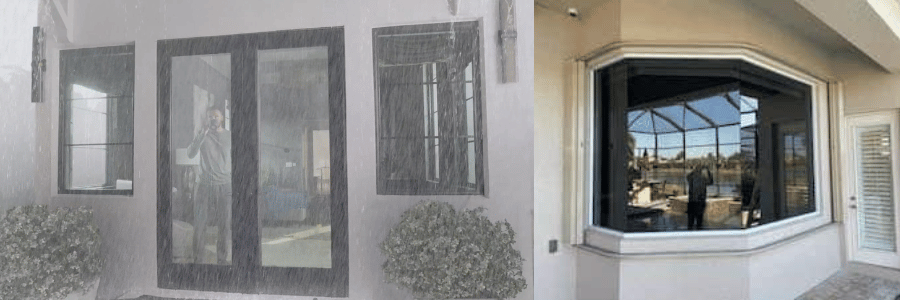
Conclusion
As we face a future where extreme weather events are likely to become more common, designing resilient windows is not just an architectural challenge but a necessity. By selecting the right materials, employing advanced engineering techniques, ensuring effective sealing, and integrating smart technology, we can create windows that not only protect our homes but also contribute to a more sustainable and resilient built environment.
In the face of nature’s unpredictability, let’s ensure our homes are built to last—starting with the windows that let in light while keeping the elements at bay. Investing in resilient window designs today can safeguard our homes for generations to come, providing peace of mind and comfort in an increasingly unpredictable world.


